Melon is a heat-loving plant, the sweet, fragrant fruits of which came to Europe from Central and Asia Minor. In a temperate climate, it is difficult to grow large melons weighing up to 10 kg, as in Asian countries, but interesting hybrid varieties open up new opportunities for gardeners. Liked heat-loving varieties of melon, can successfully bear fruit in the greenhouse.
Material Content:
Melon: Popular Varieties for Growing
It is believed that the best varieties of melons are grown in the south. But even in a temperate climate, you can get delicious, aromatic fruits. Breeders bred many varieties that differ in maturity and taste.
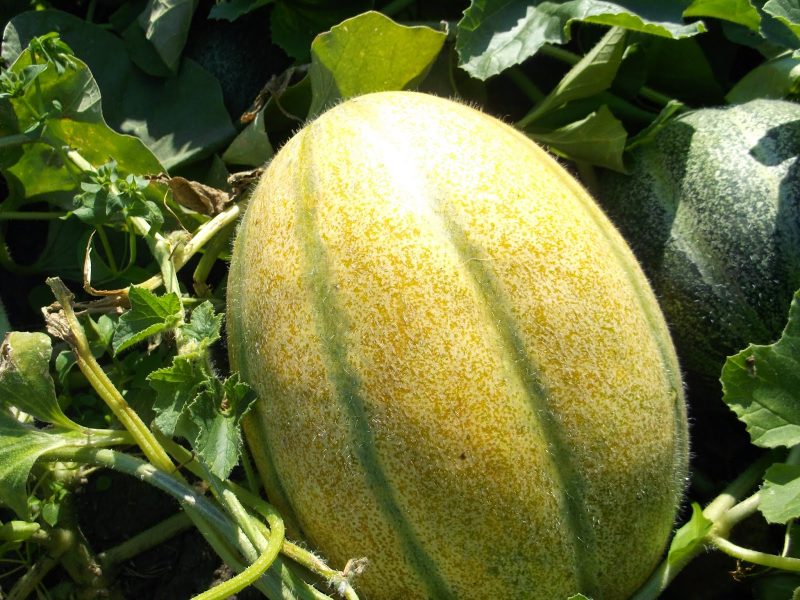
The best hybrid varieties of melons for central Russia:
- Amal - is resistant to fungal diseases - fusarium, dry rot and downy mildew, large, oblong fruits, weighing 2.5–3 kg;
- Mae is a mid-early hybrid, resistant to fungal diseases, melons form amicably and abundantly, their mass is 3, 5–4 kg, the plant is powerful;
- Caramel is an early hybrid of the Pineapple variety, the ripening time from planting seedlings in the soil is 50–55 days, it gives a large crop, the fruit mass is about 2 kg, it has an excellent taste and aroma.
When buying seeds of a melon you like, you need to ask in what climatic conditions it grows. For growing in a cool climate, it is better to choose ultra-ripe and early ripening varieties.
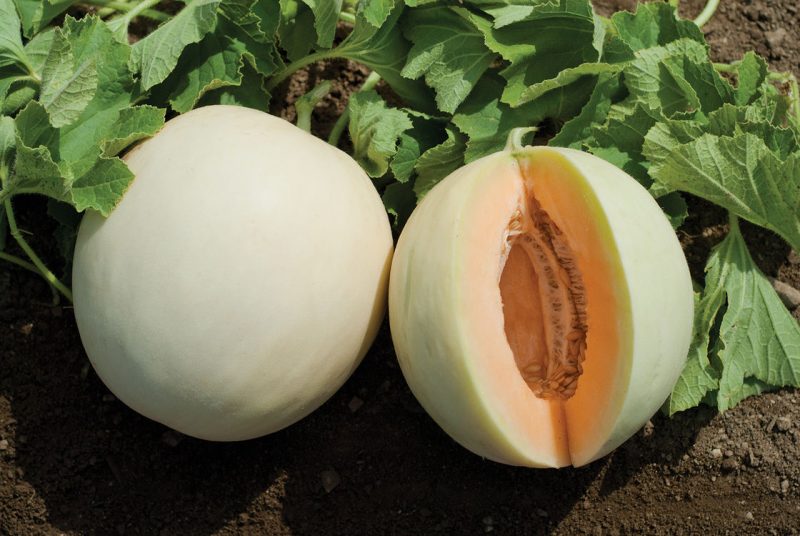
A popular variety known since the 40s of the last century, which is suitable for areas with risky farming (the Urals, Volga region, etc.) is the Kolkhoznitsa melon. Her fruits are small, not more than one and a half kilograms, but sweet and fragrant, with thin skin and white flesh.This variety is mid-season, so it is recommended to grow it only through seedlings.
Planting melon seedlings
Before planting, the seeds are germinated by placing between two wet wipes. After 3 or 4 days, fresh seeds sprout. You can sow dry seeds. They are carefully placed in moist, loose soil, and sprinkled on top with a layer of soil about 3 cm.
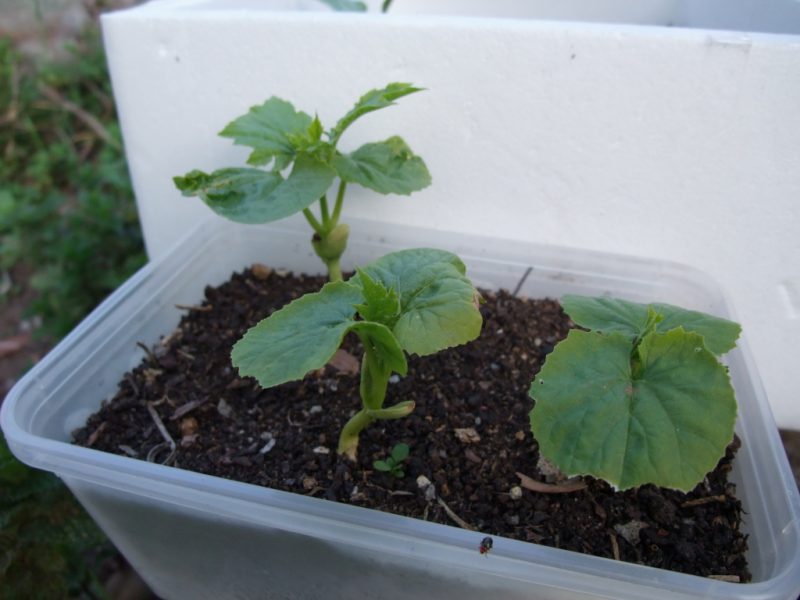
When the first leaves come out of the ground, the plant is placed at high light. If the seedlings lack light, it will stretch. For normal development, seedlings need a 10-hour daylight. Germination air temperature is about + 25-30 ° C.
It is important not to overfeed and moderately water melons so that they do not stretch too much. It is not necessary for them to use a large capacity, seedlings grow well in pots with a diameter of 10 cm (1 seed in each container). Independently, the soil for seedlings is prepared from 1 part humus, 2 parts garden soil and 1 part sand.
When to plant melon for seedlings
Since the melon has a long growing season, it is advisable to grow it through seedlings. About 25 days must pass from the moment of seed germination to planting in open ground.
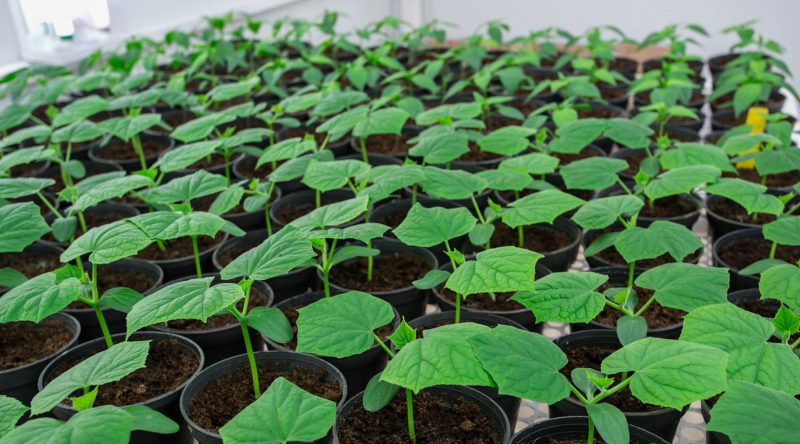
Given the climate of the region, you can accurately calculate when to plant melon seedlings. In central Russia, where seedlings can be transplanted into open ground only at the end of May, seeds should be sown in mid-April.
Nuances of seedling care
In addition to long daylight hours, seedlings need top dressing. You can use store-bought complex fertilizers or prepare nutrient mixtures yourself.
The first top dressing is done in the phase of the appearance of the first leaf. You can feed the melon seedlings with yeast (10 g of pressed yeast and 4 or 5 tbsp of sugar are added to 1 liter of water). After 4 or 5 hours, dressing is ready.
The second feeding is needed 2 weeks after the first. It is prepared from a solution of ash. To 3 liters of water add 1 tbsp. wood ash (water should be hot). Insist a day, dilute 1 to 10, and water the seedlings. The last top dressing is done 5 days before planting in the ground.
Site selection and soil preparation for planting seedlings
Melon should not be planted next to cucumbers, if they become dusty, the fruits will turn out to be bitter. The neighborhood with pumpkin for melons is harmless, and does not affect the taste in any way.
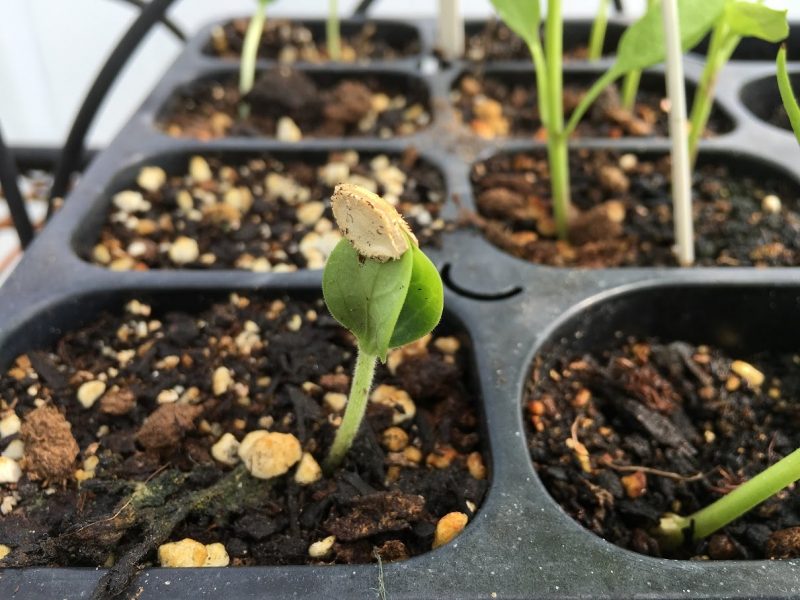
A bed for planting is prepared in the fall. They clean it from weeds, dig it up, add rotted manure or compost to the soil. If the soil is heavy, make coarse sand. In the spring, before planting seedlings on the bed, it is leveled and holes are prepared.
Planting seedlings in open ground
Melon seedlings are planted in open ground in May, when the weather will be stably warm. Wells are filled with fertile soil, the same in which seedlings were grown. You can use a mixture of garden soil, vermicompost and ash.
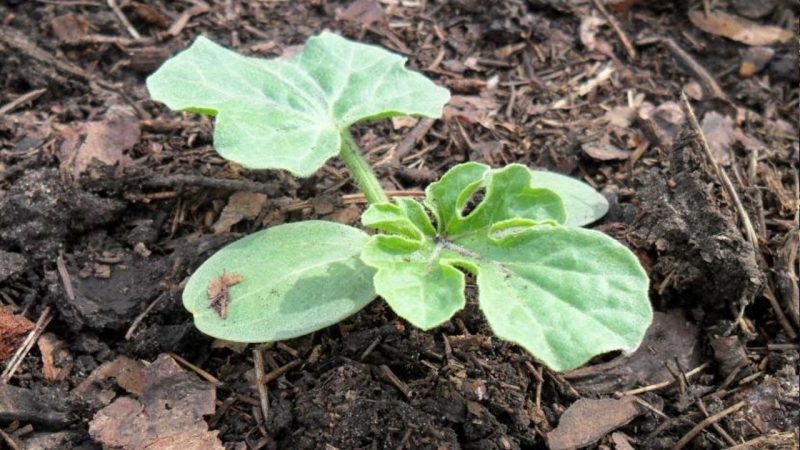
Planted plants are abundantly watered with warm water, mulched from above with peat. Planted at a distance of 50-60 cm from each other.
Between the seedling bushes, it is advisable to dig 5-liter plastic containers without a bottom to a shallow depth. Through them it will be convenient to water the plants when the lashes grow so that a dry crust does not form on the surface.
It is advisable to cover the newly planted seedlings with a spanbond by pulling it on special rounded frames. Sheltered plants grow faster, they are not damaged by insect pests. In summer, spanbond will protect plants from sunburn.
How to care for a melon
Melon cultivation in open ground begins with the correct formation of seedlings. It is necessary to pinch the seedlings in time so that they can grow stronger and grow in a short period. On the melon, pinch the central stem, as male flowers form on it, which do not give an ovary. Female flowers grow on the side shoots, and ovaries form from them.
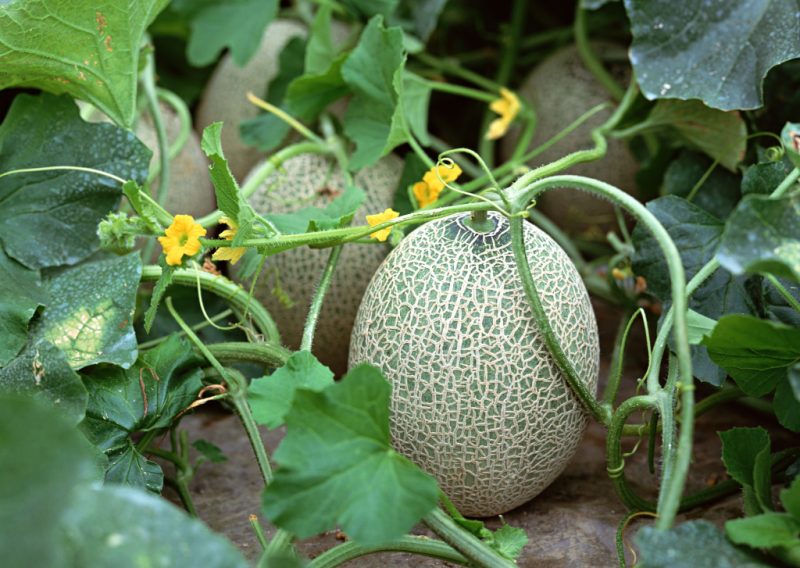
Pinch the stem over 3 or 4 leaves, leaving 2 or 3 side shoots. On each shoot, 2 or 3 fruits are left, the more ovaries there are, the smaller the melons.The ends of the shoots are then also nibbled so that the plant expends its strength only to ripen the crop.
During the growing season, it is advisable to feed the melons in order to get a larger crop. For fertilizer, you can use preparations intended for melons. Feeding is advisable to do 2 or 3 times per season. When the plant starts to grow, then, when the buds and flowers appear, and during the filling of the fruits.
Melon needs moderate humidity, water it constantly, but not excessively. If the soil is too wet, choking of the roots is possible.
Growing melon in a greenhouse
In early May, melon seedlings are planted in a greenhouse at a distance of 60 cm from each other. In the hole add 2 tbsp. compost, 1 tbsp. ash, 1 tsp superphosphate, watered with a weak solution of potassium permanganate or "Fitosporin". Strongly seedlings do not deepen. Pinch the central stalk, and then the lateral ones, leaving on each the right amount of ovaries.
Growing melons in a greenhouse where there are no pollinating insects, the flowers pollinate on their own. For the formation of ovaries on the side shoots, you need to pick a male flower from the central shoot on one of the plants, and pollinate female flowers with it. Without this procedure, the crop cannot be harvested.
Ripening fruits in a greenhouse are tied up, placed in nylon nets so that they do not lie on the ground. Fertilize 3 times during the growing season, and watered as the soil dries. The melon does not like the increased humidity of air and soil.
You can grow a juicy and sweet melon, similar in taste to an exotic fruit, using modern hybrid varieties. It is necessary to select a regionalized variety that is well adapted to the conditions of the region.












